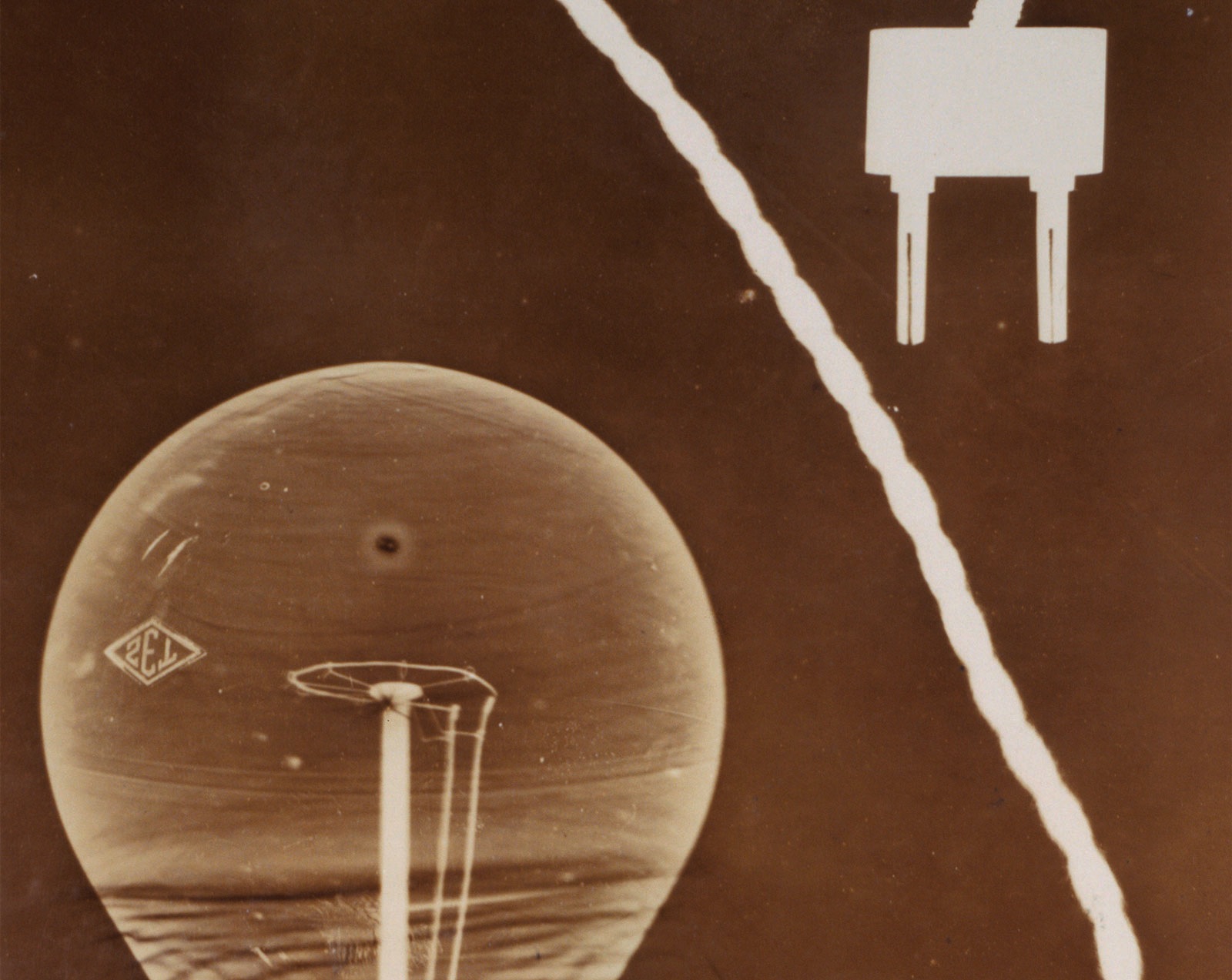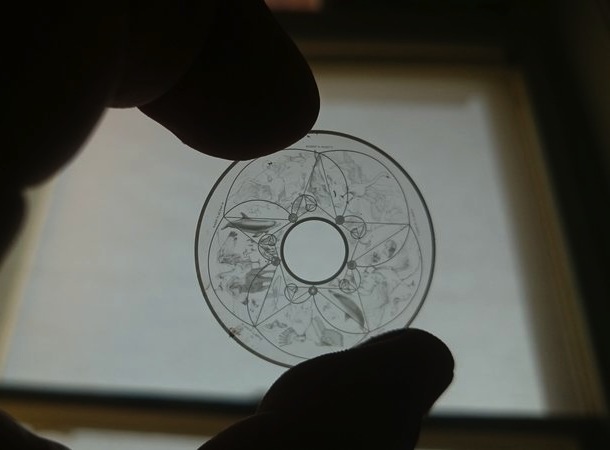Scientists have teen gay sex videosfound a trio of stars dancing a high-speed cosmic do-si-do.
In fact, the stars' tempo is so rapid, astronomers have labeled this a new record: Here, a pair of stars orbit each other in less than two Earth days, while a third makes a trip around them in 25 days. Before this discovery, the fastest known three-star grouping was Lambda Tauri, with its farthest star circling in 33 days.
It took 68 years to beat the record holder. A NASA satellite, MIT researchers, artificial intelligence, and even a few amateur astronomers worked together to find the triplets, part of a system called TIC 290061484 in the constellation Cygnus.
"It’s exciting to identify a system like this because they’re rarely found," said Saul Rappaport, a retired MIT astronomer, in a statement, "but they may be more common than current tallies suggest."
SEE ALSO: Barnard's star tricked scientists before: why this planet is real.You can watch the stars' unique orbit in the video below:
NASA's TESS mission — short for Transiting Exoplanet Survey Satellite — is mostly looking for new worlds as they pass in front of their host stars. But this unusual trio was detected because of the group's "strobe lights." The system is almost flat from the telescope's vantage point in space, so that means as the stars cross in front of each other during their orbits, they create eclipses. As the nearer star blocks the farther star's light, it will cause a flicker.
Amateur astronomers who were looking for interesting cases found the eclipse patterns among TESS data with the help of machine learning. These sleuths originally met as participants in an online citizen science program called Planet Hunters. Later they collaborated again with professional astronomers to form the Visual Survey Group, an ongoing project of more than a decade. The team's paper detailing the unusually fast triplets was published in The Astrophysical Journalthis week.
The three stars are more massive than the sun, each ranging from six to eight times its weight. Based on their configuration, the stars' orbits are thought to be stable for millions of years. But, as they age, they'll eventually merge, exploding in a supernova and leaving behind a neutron star, one of the densest objects in space. That probably won't happen for 20 to 40 million years.
 Amateur astronomers found the trio's eclipse patterns among NASA's TESS mission data. Credit: NASA illustration
Amateur astronomers found the trio's eclipse patterns among NASA's TESS mission data. Credit: NASA illustration So far the team knows of no planets circling these stars. In the unlikely event that there is one, it would probably be far away, circling the three as if they were one star. The triplets' waltz through the sky is quite compact, happening within a ballroom more cramped than Mercury's orbit around the sun.
"No one lives here," Rappaport said. "We think the stars formed together from the same growth process, which would have disrupted planets from forming very closely around any of the stars."
Scientists say more than half of all stars in the galaxy have one or more companion stars. These solar systems can differwidely. Some have large hot stars coupled with smaller cooler ones, or pairs in which one star cannibalizes the other. The systems discovered have ranged from two to seven stars.
The way these stellar groupings orbit each other can be extremely complex. In one six-star system, TYC 7037-89-1, three couples orbit each other, but two of the three pairs also circle one another. The third duo, in a vaster orbit, revolves around the other two pairs.
 A grouping of six stars has an extremely complex set of interconnected orbits. Credit: NASA Goddard Space Flight Center infographic
A grouping of six stars has an extremely complex set of interconnected orbits. Credit: NASA Goddard Space Flight Center infographic In the newly discovered system, there's one more surprise. The stars are merely cogs in a larger machine. That's right: There's yet another comparable star among this group, making a distant loop over 3,200 days.
The team wants to continue studying TIC 290061484 to collect more data on the fourth straggler star, as well as capture more details about the other stars' orbits, masses, sizes, and temperatures. With more sophisticated observatories in the future, such as NASA's Nancy Grace Roman Space Telescope under development, studying other eclipsing star systems of even larger groups may become easier.
"Before scientists discovered triply eclipsing triple star systems, we didn’t expect them to be out there," said co-author Tamás Borkovits, a research scientist at The University of Szeged in Hungary, in a statement. "But once we found them, we thought, 'Well, why not?'"
Topics NASA
 Robin Triumphant
Robin Triumphant
 Remembering Arnold Greenberg and the Complete Traveller
Remembering Arnold Greenberg and the Complete Traveller
 “February: Pemaquid Point”—A Poem by Ira Sadoff
“February: Pemaquid Point”—A Poem by Ira Sadoff
 One Percent: Geoff Dyer on Photos of Income Inequality
One Percent: Geoff Dyer on Photos of Income Inequality
 U.N. aims to make carbon emissions cost money at COP 25 climate talks
U.N. aims to make carbon emissions cost money at COP 25 climate talks
 Jean Debuffet’s Savage, Chaotic “Art Brut”
Jean Debuffet’s Savage, Chaotic “Art Brut”
 Remembering Arnold Greenberg and the Complete Traveller
Remembering Arnold Greenberg and the Complete Traveller
 Where Is Dracula Really From, Anyway?
Where Is Dracula Really From, Anyway?
 John O’Hara’s “Pal Joey” at 75: Still an Exemplary Novella
John O’Hara’s “Pal Joey” at 75: Still an Exemplary Novella
 What Belongs to You: An Interview with Garth Greenwell
What Belongs to You: An Interview with Garth Greenwell
 Six Sweet Hours of Arabian Nights, and Other News by Dan Piepenbring
Six Sweet Hours of Arabian Nights, and Other News by Dan Piepenbring
 Remember the Oddity That Was “Closed on Account of Rabies”?
Remember the Oddity That Was “Closed on Account of Rabies”?
 Best robot vacuum deal: Eufy Omni C20 robot vacuum and mop at record
Best robot vacuum deal: Eufy Omni C20 robot vacuum and mop at record
 Feel the Revolutionary Energy in Early Soviet Photography
Feel the Revolutionary Energy in Early Soviet Photography
 The Mr. Mantarian Subterfuge: A Story of Dog Boarding
The Mr. Mantarian Subterfuge: A Story of Dog Boarding
 Pink Cigarettes: Notes on Lighting Up
Pink Cigarettes: Notes on Lighting Up
 'Black Mirror' Season 7: 'Hotel Reverie,' explained
'Black Mirror' Season 7: 'Hotel Reverie,' explained
 All Aboard: The MoonArk Project Is Taking Art to the Moon
All Aboard: The MoonArk Project Is Taking Art to the Moon
Life in the Linguistics LabAn Austrian Town’s Beautiful New Bus StopsWhy Children’s Books MatterThe Other Yellow PagesThe Morning News Roundup for April 28, 2014The NorwegianEpitaphic Fictions of Robert Louis Stevenson & Philip LarkinThe Morning News Roundup for April 29, 2014Recapping Dante: Canto 27 or Let’s Make a Deal with the PopeRecapping Dante: Canto 26, or You Can’t Go Home AgainThe Rebirth of the Colombian Soccer TeamBefore You Watch Mad Men TonightThe Great Lime Shortage of 2014One Week Left to Apply for Our WriterShakespeare, HeartthrobThe Morning News Roundup for May 8, 2014The Early Days of The Paris ReviewWhat—and Why—Is Merchant’s Gargling Oil?The NorwegianPrince of Darkness What Color Is the Sky? by Nina MacLaughlin Still Life by Lynn Casteel Harper Quarantine Reads: The Anatomy of Melancholy by Dustin Illingworth The Commute of the Future by Tom Gauld The Origins of Scandinavian Noir by Wendy Lesser The Winners of 92Y’s 2020 Discovery Poetry Contest by The Paris Review The Black Gambling King of Chicago by Michael LaPointe Poets on Couches: Monica Youn by Monica Youn Vanished into Music by Olivia Laing Staff Picks: Costa, Candles, and California by The Paris Review No Shelter by Lauren Sandler On Reading Basho with My Ten Your Tove by Tove Jansson Redux: Red, Black, and Purple Zigzags by The Paris Review Staff Picks: Angels, IUDs, and Books in Threes by The Paris Review Not for the Fainthearted by Yiyun Li Redux: My Definition of Loneliness by The Paris Review The Paris Review’s Poetry Crossword by Adrienne Raphel Redux: This Caliper Embrace by The Paris Review The Scientific Erotica Book Club by Tom Gauld
3.1453s , 10520.1484375 kb
Copyright © 2025 Powered by 【teen gay sex videos】,Unobstructed Information Network